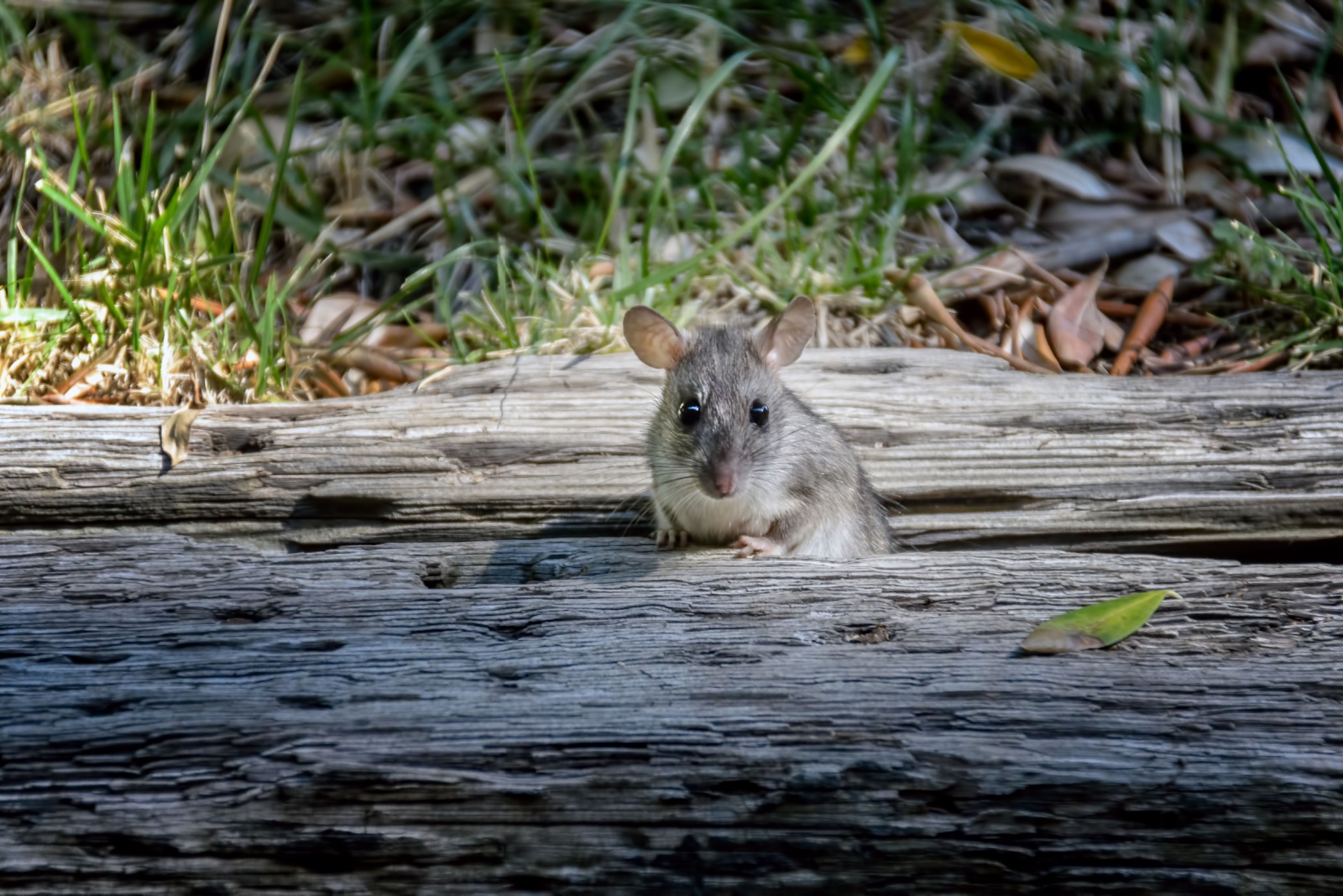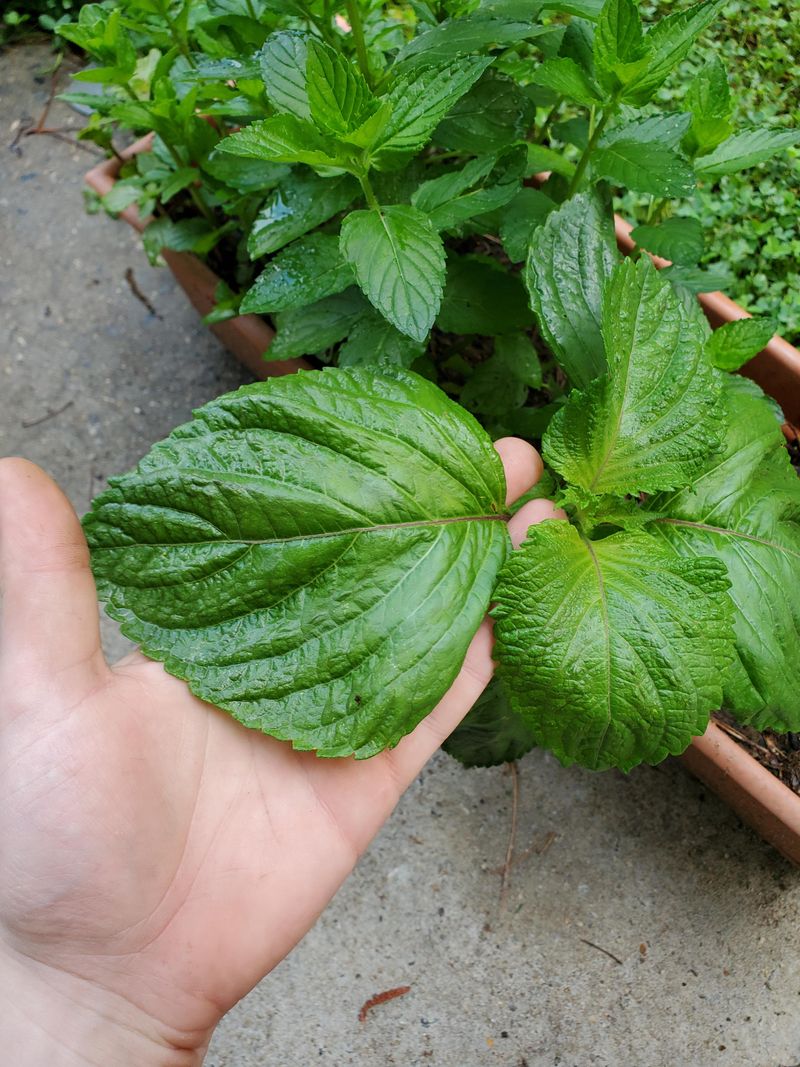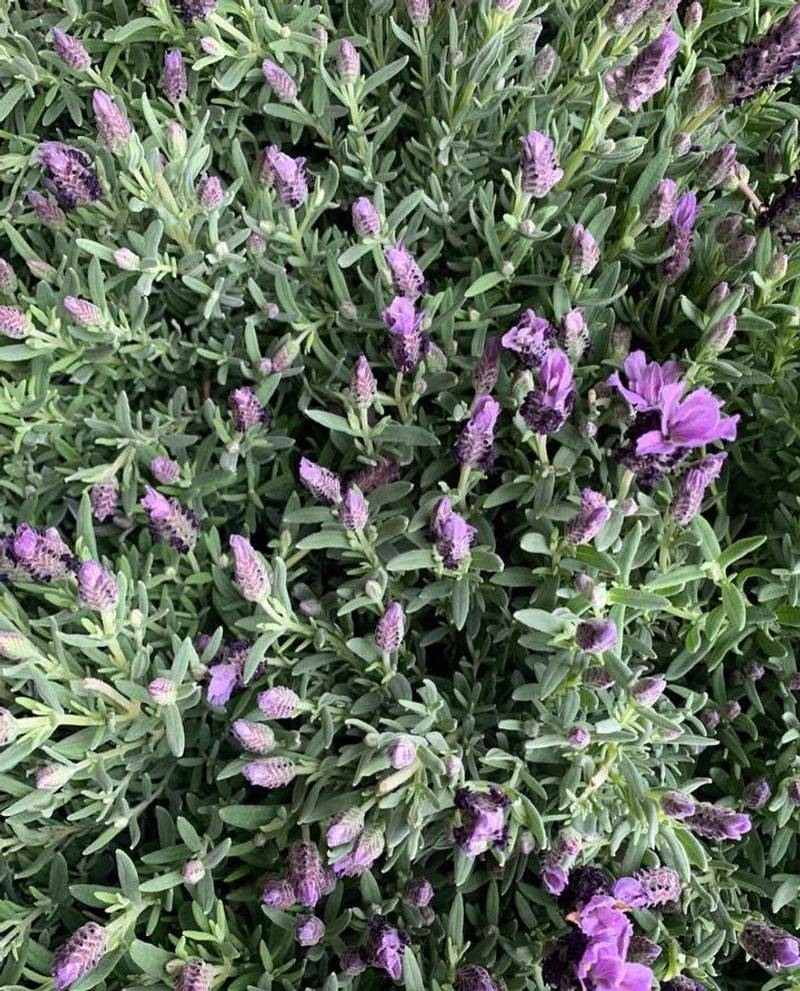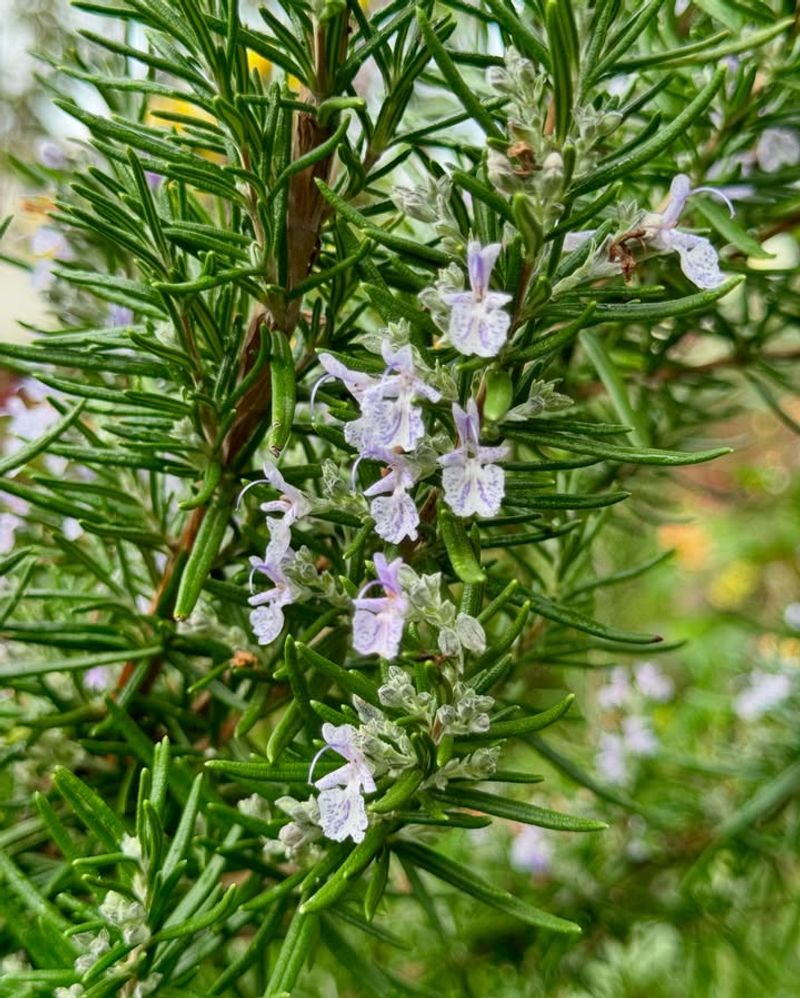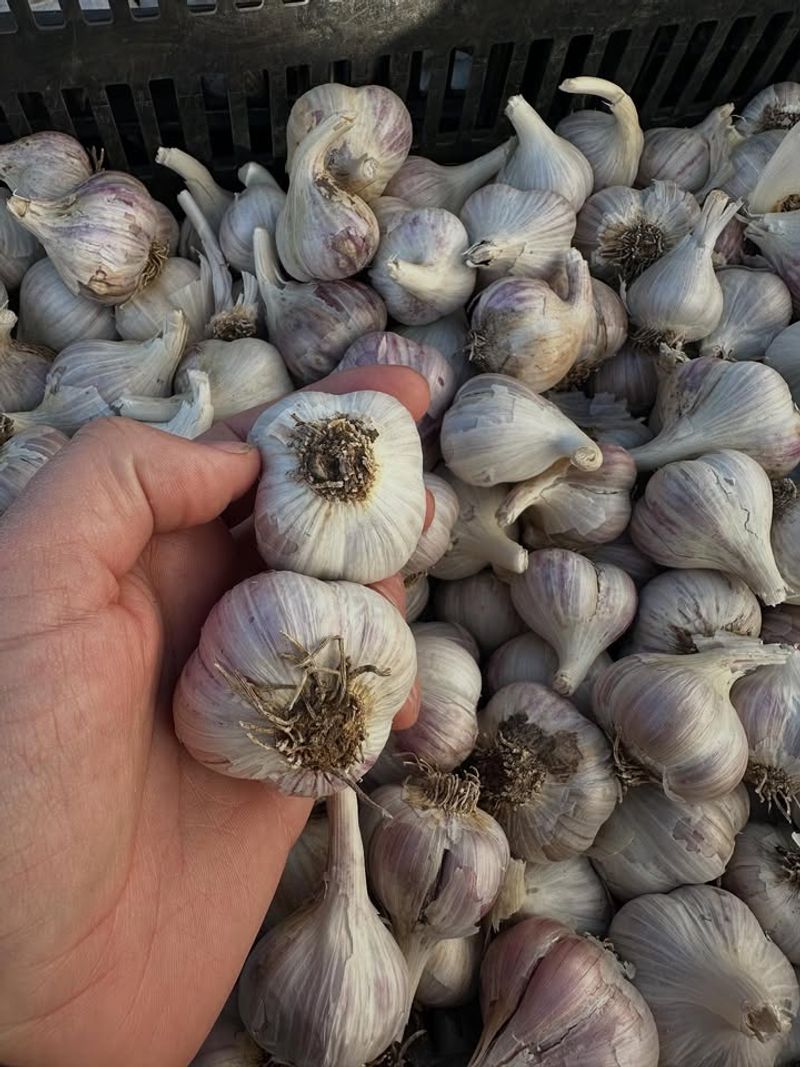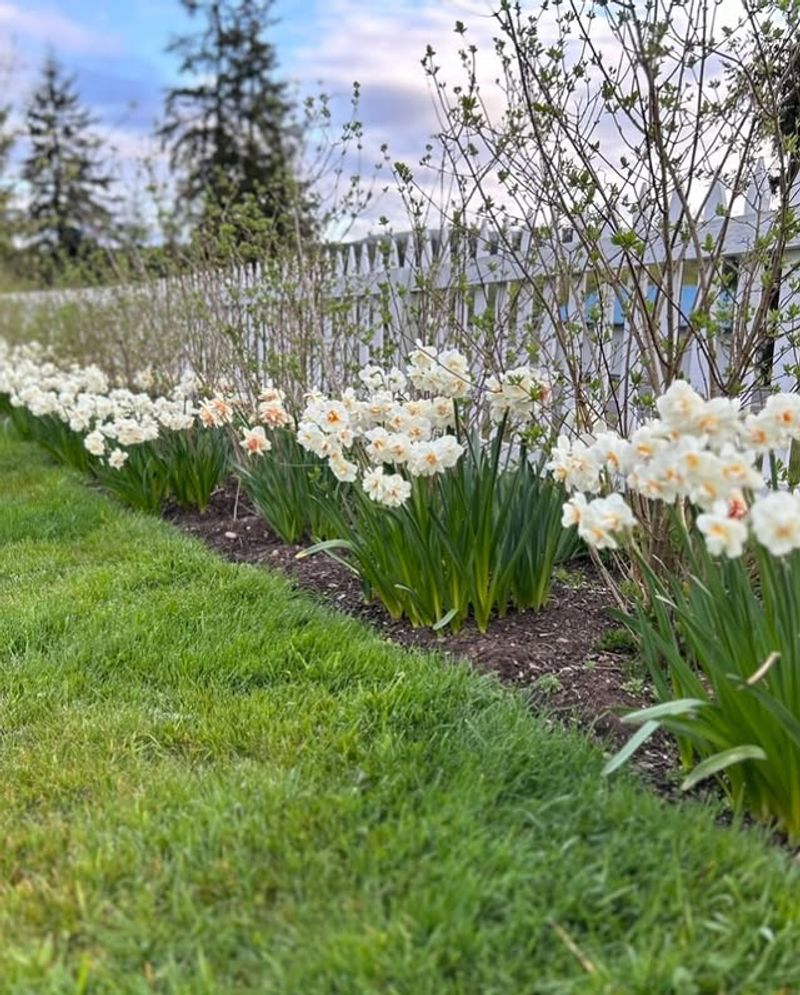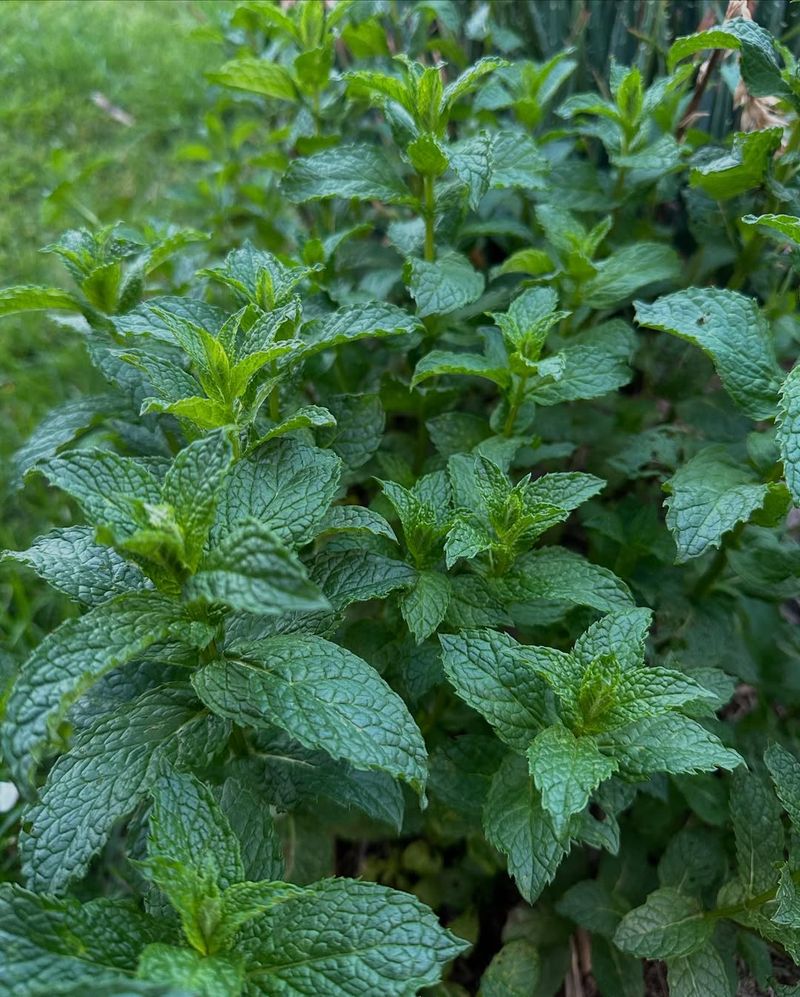Nobody wants tiny paws scurrying across the floor—especially when those uninvited guests are mice. It’s a common issue, and Kentuckians are finding gentler ways to deal with it.
Many folks prefer natural solutions over harsh chemicals to keep their homes safe for kids and pets. Luckily, some plants do more than just look pretty—they help keep mice at bay.
I’ve seen mint, lavender, and rosemary work wonders on porches and windowsills. They smell great, add charm, and send a clear message to those furry intruders.
1. Peppermint
Peppermint gives off a strong scent that mice absolutely cannot stand. Planting it near doorways or windows in Kentucky gardens creates a natural barrier that rodents avoid.
You can also crush fresh leaves and place them in problem areas around your home. The cooling aroma that humans find refreshing is overwhelming to a mouse’s sensitive nose.
This hardy herb thrives in Kentucky’s climate and provides fresh leaves for tea year-round.
2. Lavender
Beautiful purple blooms make lavender a favorite among Kentucky gardeners, but mice stay far away from its powerful fragrance. Planting lavender along foundation walls works wonders for keeping rodents out of basements and crawl spaces.
Dried lavender bundles hung in closets, pantries, or storage areas continue protecting your space long after harvest. The plant tolerates Kentucky’s hot summers well and comes back stronger each spring.
3. Rosemary
This woody herb serves double duty in Kentucky homes as both a cooking staple and mouse deterrent. Rosemary’s sharp, piney smell confuses rodents and makes them turn around before entering your space.
Placing potted rosemary near entry points works especially well during winter months when mice seek warmth indoors. The plant adapts nicely to container growing, making it perfect for porches or kitchen windowsills where you need protection most.
4. Catnip
While cats go crazy for catnip, mice run in the opposite direction when they catch its scent. Kentucky gardeners often plant this mint family member around sheds, garages, and barns where rodents typically hide.
Catnip spreads easily and requires little maintenance once established, making it an effortless solution. Just be prepared for neighborhood cats to visit your garden if you plant it outdoors!
5. Garlic
Garlic’s pungent odor works like an invisible fence that mice refuse to cross. Many Kentucky farmers plant garlic around chicken coops and grain storage areas to protect their feed supplies from hungry rodents.
The strong sulfur compounds released by garlic plants irritate a mouse’s delicate respiratory system. You can also scatter crushed garlic cloves in problem spots for immediate protection while waiting for plants to mature and take effect.
6. Daffodils
These cheerful spring bloomers contain toxic alkaloids in their bulbs that mice instinctively avoid. Kentucky homeowners love planting daffodils around foundations because they provide early color while creating a protective barrier underground.
Mice won’t tunnel near daffodil bulbs, making them excellent companions for protecting other vulnerable plants. Once established, these perennials return faithfully each year, offering ongoing protection without replanting or special care requirements.
7. Spearmint
Similar to peppermint but with a slightly sweeter scent, spearmint still packs enough punch to send mice packing. Kentucky gardeners appreciate how easily this plant spreads, filling in gaps where rodents might otherwise enter yards or gardens.
Growing spearmint in containers prevents it from taking over your entire garden while keeping mice away from specific problem areas. Fresh or dried leaves maintain their effectiveness, so you can harvest and use them throughout the year.

